Heroic Christian Victory over the invading Muslim Turks
| |
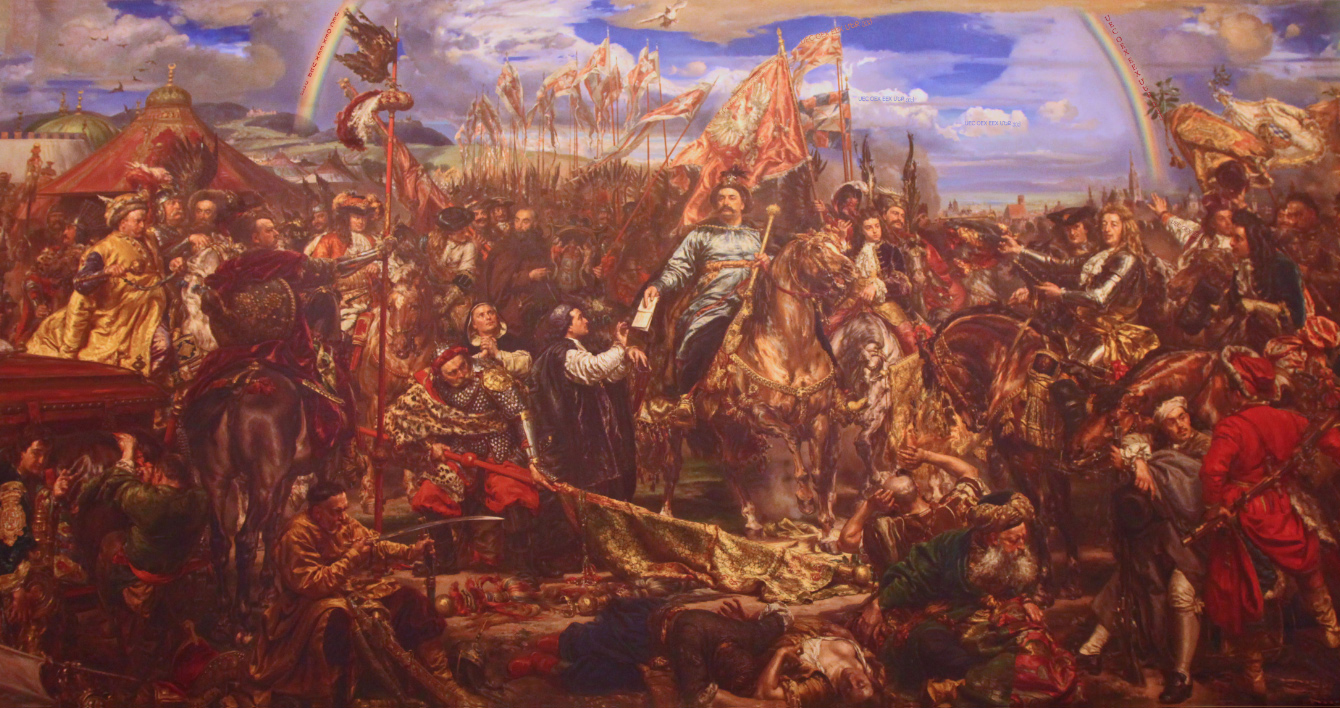
Antemurale Christianitatis – Bulwark of Christianity |
|
| |
|
|
| |
Jan III Sobieski sending Message of Victory at Vienna to the Pope, painting by Jan Matejko, in Vatican Museums |
|
| |
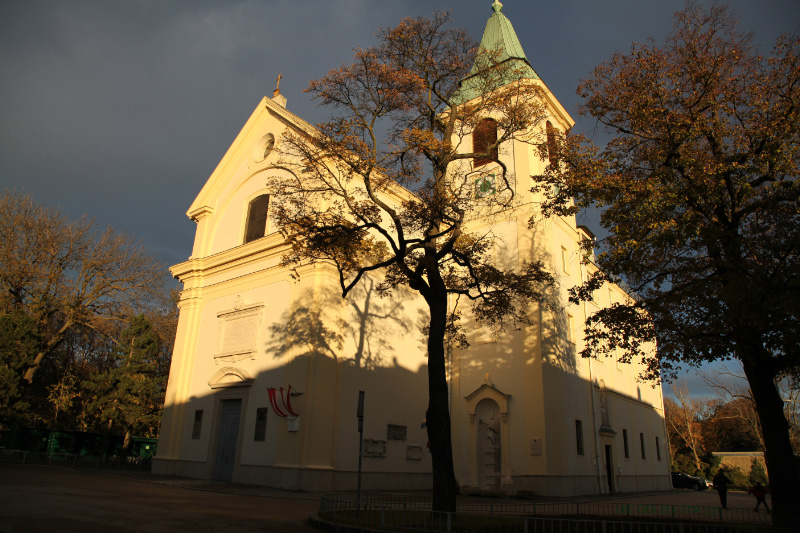
Kahlenberg Kirche |
|
| |
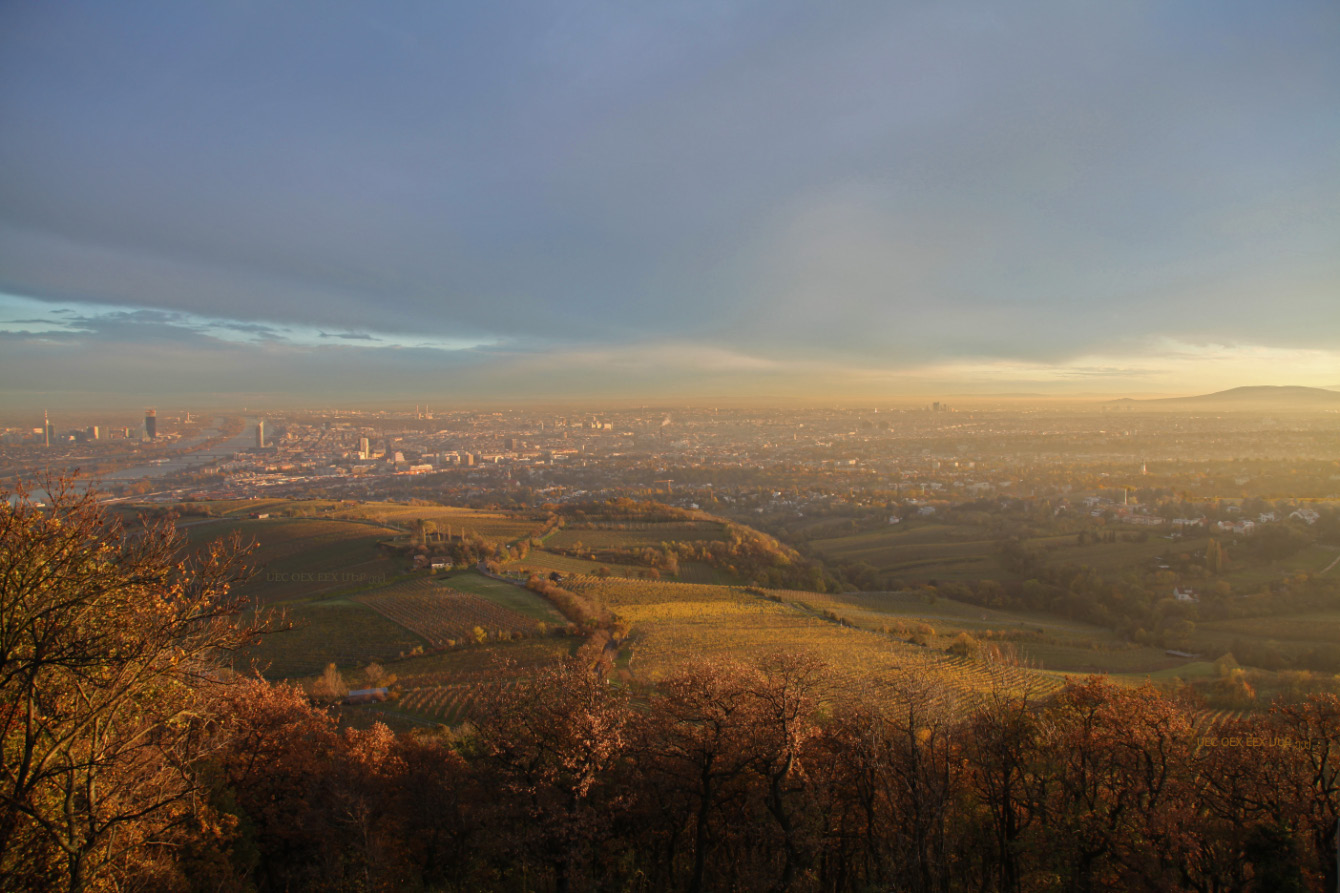 |
|
| |
Wien vom Kahlenberg - Wiedeń z Kahlenberg
|
|
| |
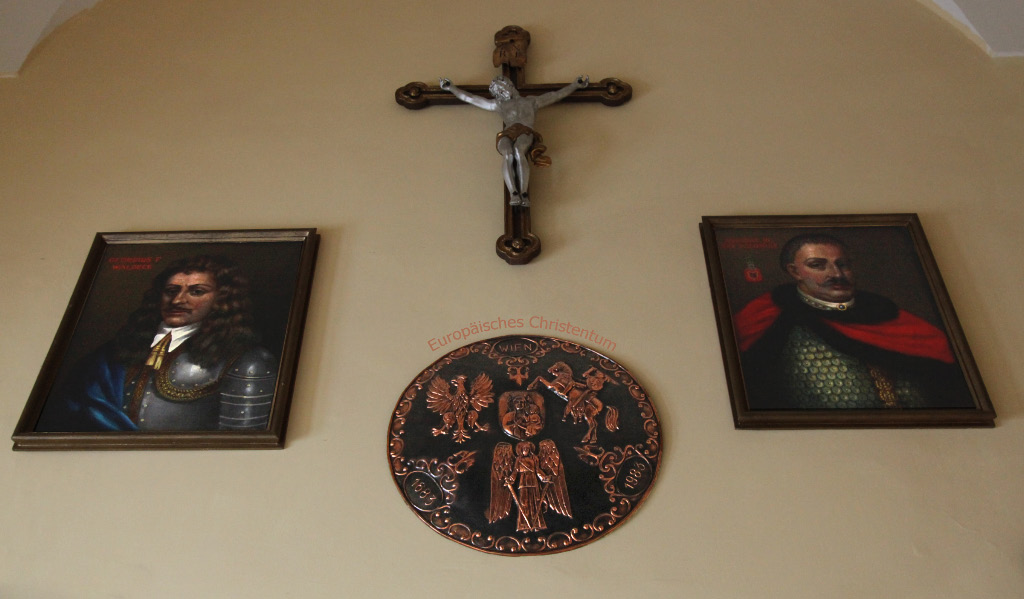
|
|
 |
|
|
|
|
| To our collective shame, the constituent peoples of European Christendom have fought many wars with countless battles against each other. |
|
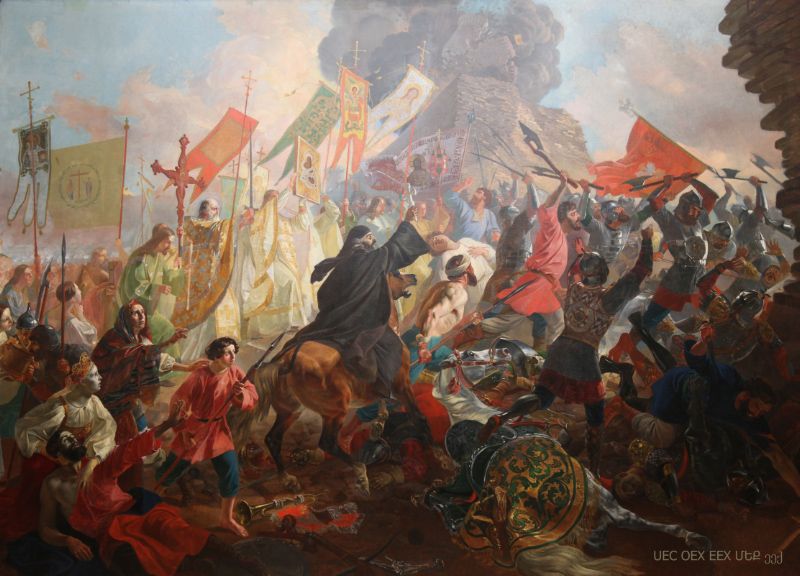 |
| |
|
Siege of Pskov by Polish-Lithuanian Commonwealth King Stephan Batory in 1581, painting in Tretiakov by Bryullov (1799 - 1852).
And one might also add that, rather more recently than 1581 ... or 1683 ... another Polish leader, United States National Security Adviser, Warsaw-born, Zbigniew Kazimierz Brzeziński, who "served" under American national embarrassment, Jimmy Carter, made cozy with Muslims in Afghanistan and Pakistan in order to kill as many Russians as possible, true then still under the evil Soviet Yoke. Indeed, the epic myopic stupidity of this Polish-American leader is largely responsible for creating the Christian-killing Islamic State of Iraq and Syria, ISIS, a.k.a., the Islamic State of Iraq and the Levant, ISIL, which developed quite naturally enough out of the Afghani mujahideen (plural form of mujahid (Arabic: مجاهد), that is, one engaged in Jihad), schooled in Saudi-funded Wahhabi madrassas and thereafter rebranded as Taliban ("students"). Students indeed! Hell, when it comes to the leaders of dis-United half-European post-Christendom destroying our civilization, Brzeziński did Józef Beck proud. |
| |
Yet there have been other kinds of epic struggles which have been just. In our collective struggle to prevent the Muslims from attaining their ultimate goal of subjugating all Christian peoples, all of Christendom and above all European Christendom, to their overlordship and forcing us to accept their non-divinely-inspired creed, or to pay the Jizja and "feel ourselves subdued," few moments over the past 1400 years have been of a significance comparable to the Battle of Vienna in 1683.
Others which have been judged over the telescopy of time to have been of comparable significance would include:
- The Christian victory in the Battle of Poitiers on 25 October 732, also called the Battle of Tours, under the leadership of French General Charles Martel;
- The Christian victory in the Battle of Kulikovo Field - Битва на Куликовом Поле или Куликовская Битва on 8 September 1380 under the generalship of Saint Dmitrii Ivanovich Donskoi, Prince of Moscow and Grand Prince of Vladimir - Св. Дмитрий Иванович Донской, Князь Московский (с 1359) и Великий Князь Владимирский (с 1363) and with the spiritual guidance of Saint Sergius of Radonezh (1314-1392) - Изображение Сергия Радонежского; and
- The Christian victory in the Battle of Lepanto on 7 October 1571 in which sailors, oarsmen and soldiers of the Holy League of the Republic of Venice, Hapsburg Spain, the Papal States and Genoa, Tuscany, Malta and Savoy under the command of John of Austria - Don Juan de Austria - Ritter Johann von Österreich, son of Holy Roman Emperor Charles V and half brother of King Philip II of Spain, decisively defeated the Muslim Ottoman Turkish Fleet in the Gulf of Patras, Greece, preventing Turkish domination of the Mediterranean Sea and a Turkish invasion of Italy and the Christian Europe so divided by the wars and devastation which flowed from the Protestant Reformation.
In all four battles the victorious Christian forces had been outnumbered or greatly outnumbered.
There were many other important events to be sure -- including the repelling of the Ottoman Muslim Turk Siege of Vienna five generations earlier, in September to October of 1529, and the May through September 1565 repelling of the Ottoman Muslim Turk Siege of Malta, both Christian victories against hugely superior numbers of invading Muslim Turks -- yet it can be said that on 7 October 1571 the Muslim Ottoman Turks stopped advancing against European Christendom, and on 12 September 1683 they started retreating.
And to this list of four watershed battles must of course be added the Reconquista - the expelling of the Muslim Moors from the Iberian Peninsula - which took place over the nearly eight-century period between the Battle of Covadonga in 722 and the final defeat of the Muslims in 1492 under the reigns of the Catholic Monarchs - los Reyes Católicos, Isabella I of Castile and her husband Ferdinand II of Aragon.
In the Christian victory over the invading Muslim Turks on 12 September 1683 at the walls of Vienna, the forces of the Holy Roman Empire and of the Polish–Lithuanian Commonwealth under the command of Jan III Sobieski, King of Poland and Grand Duke of Lithuania, were victorious over the larger Muslim Turkish forces that had laid seige to Vienna for the preceding two months. This was a decisive turning point in the, until then, 300 year struggle of European Christendom against the encroachments of the Muslim Turks. It is a victory which much of the atheist leadership within the European Union — much aided by the open Mass Immigration, "reunite families" and Chrislam crowds within the Catholic Church — would like to reverse through demographic replacement by allowing Turkish entry into the European Union, a process paradoxically and perversely commenced with the 12 September 1963 Ankara Agreement.
|
|
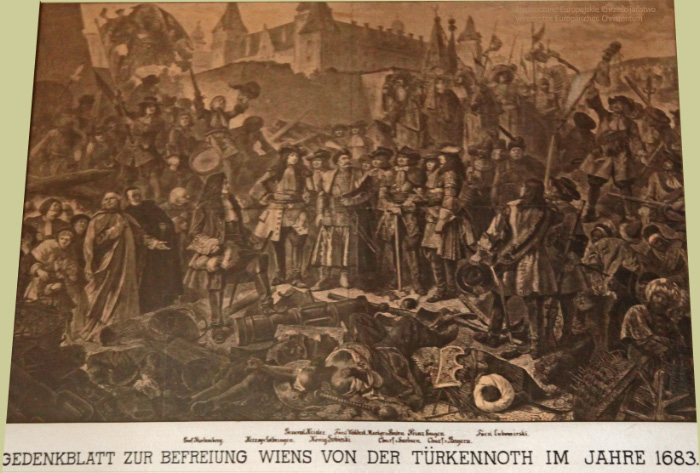 |
|
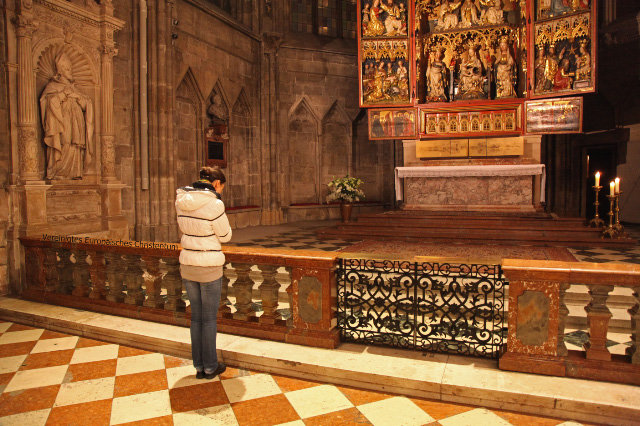 |
| |
|
|
in Stephansdom |
| |
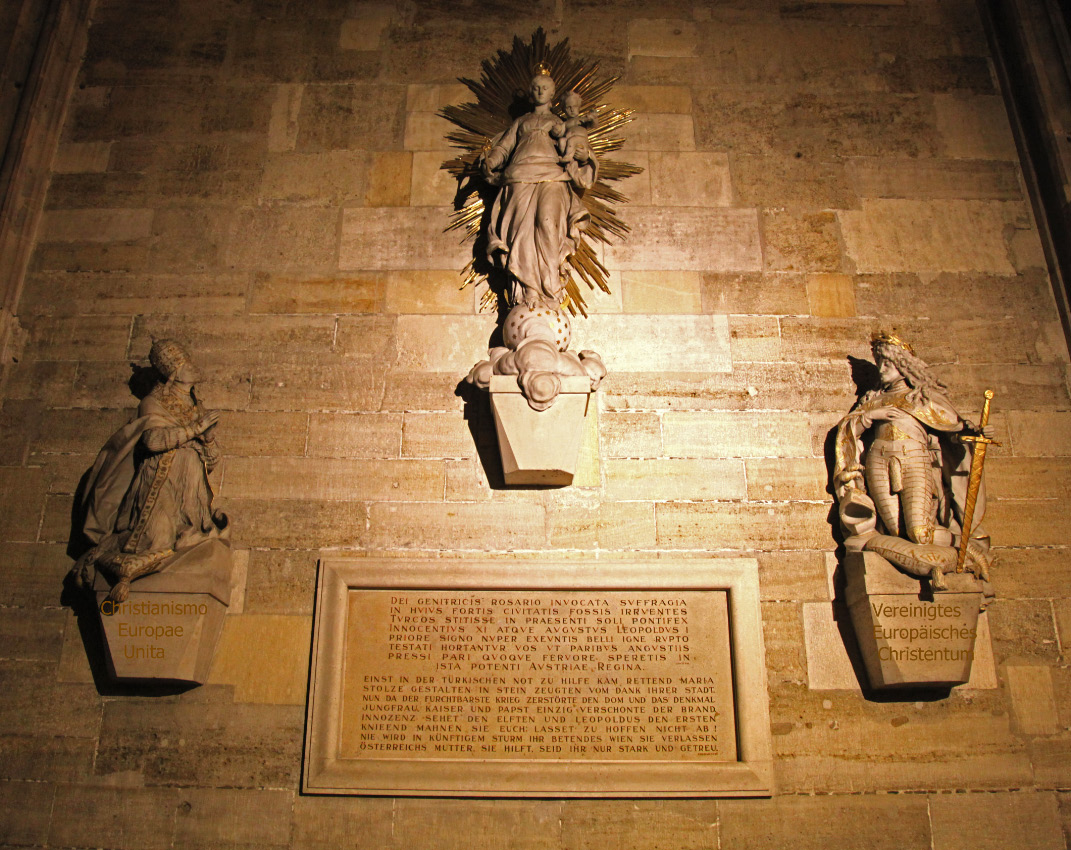
Stephansdom
|
|
| |
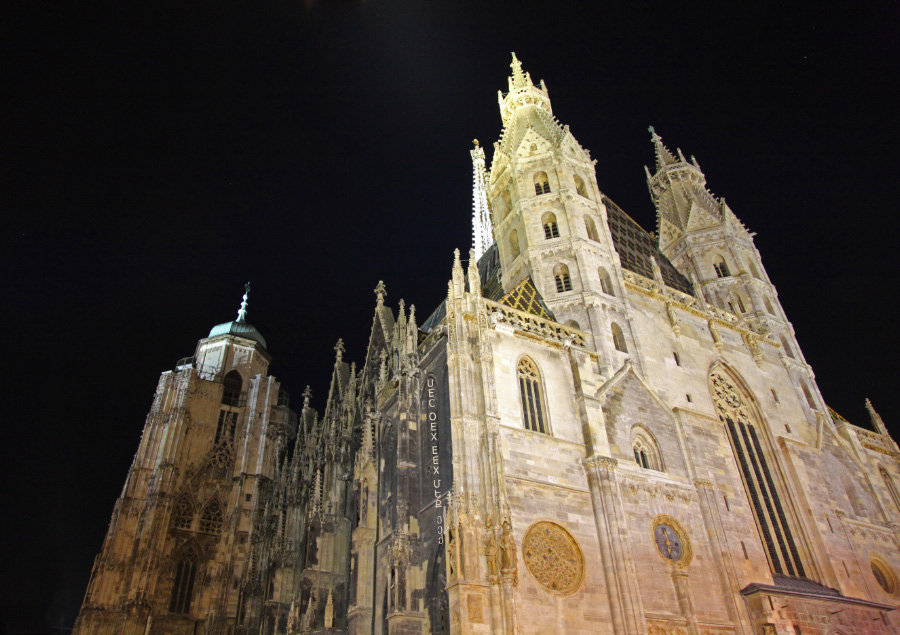
Stephansdom am Abend den 2. November 2012 |
|
| |
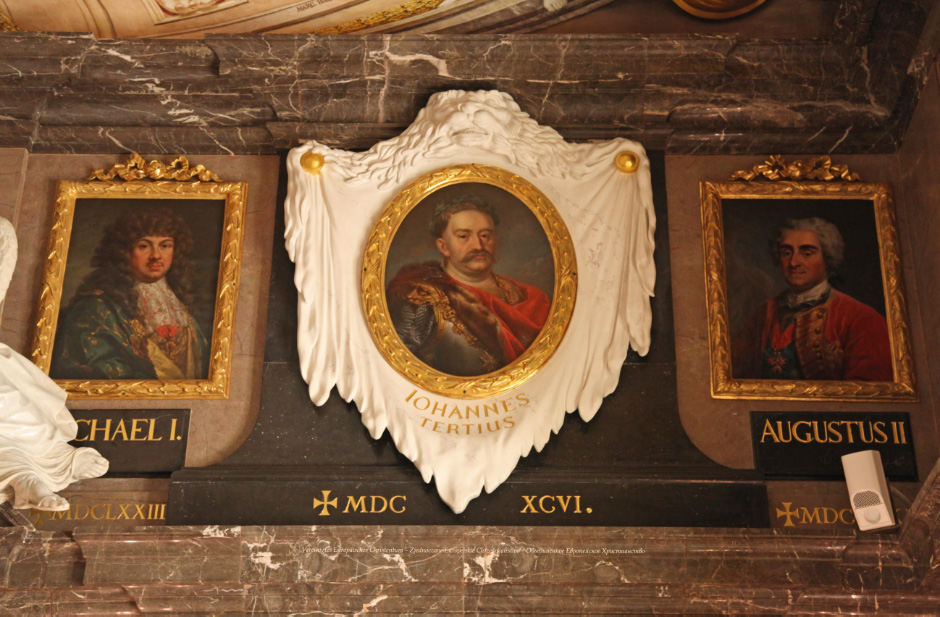 |
|
| |
Ionannes Tertius |
|
| |
Portrait by Marcello Bacciarelli (1731-1818) in the Zamek Królewski w Warszawie – Royal Castle in Warsaw of the remarkable
Jan III Sobieski – Jonas Sobieskis
King of Poland and Grand Duke of Lithuania (r. 19 May 1674 – 17 June 1696) |
|
| |
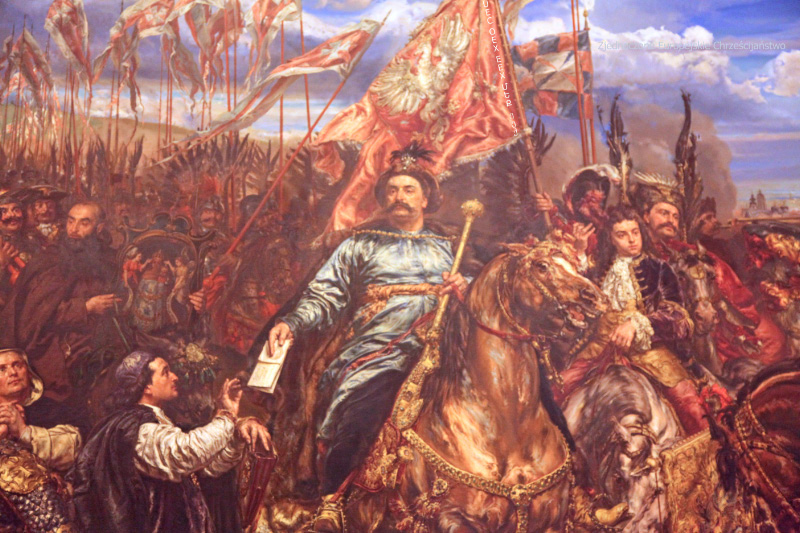
Jan III Sobieski sending Message of Victory at Vienna to the Pope, details from painting by Jan Matejko in Vatican Museums |
|
|
|
|
| |
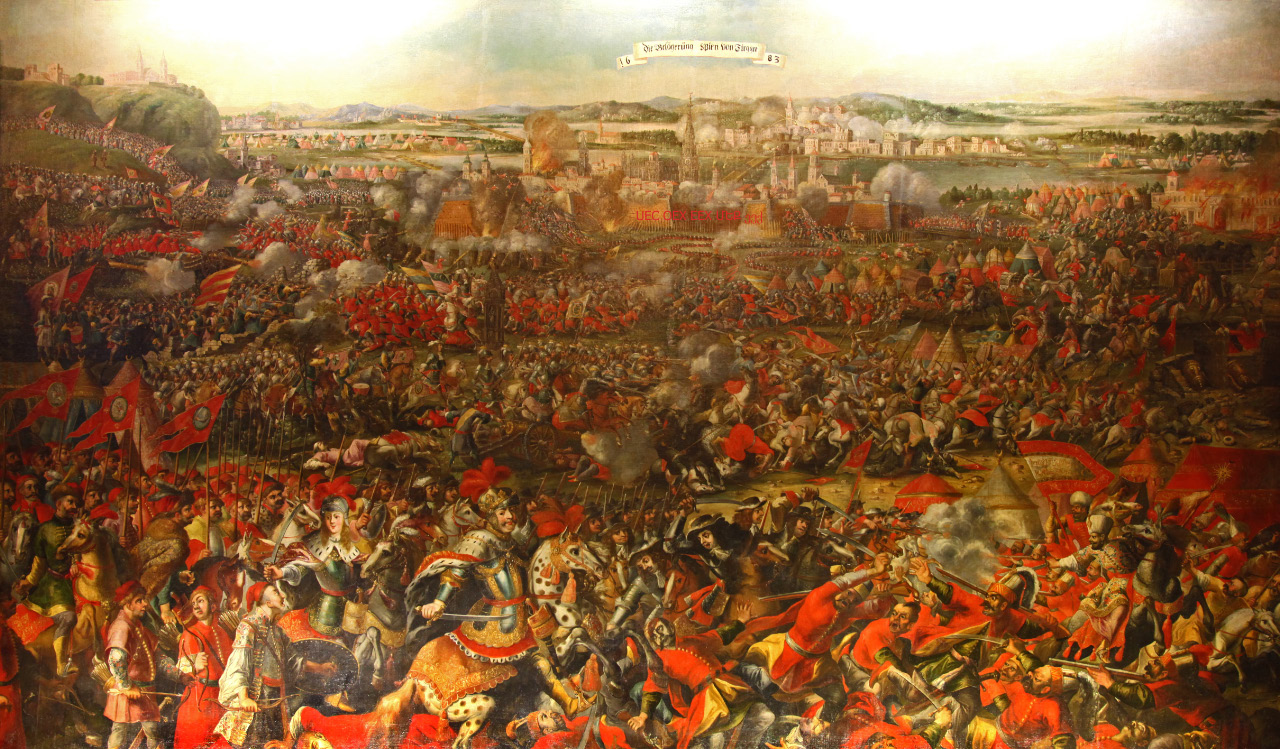
... painting by anonymous artist in Heeresgeschichtliches Museum, Wien portraying the Battle of Vienna - Schlacht am Kahlenberg - Bitwa pod Wiedniem
|
|
| |
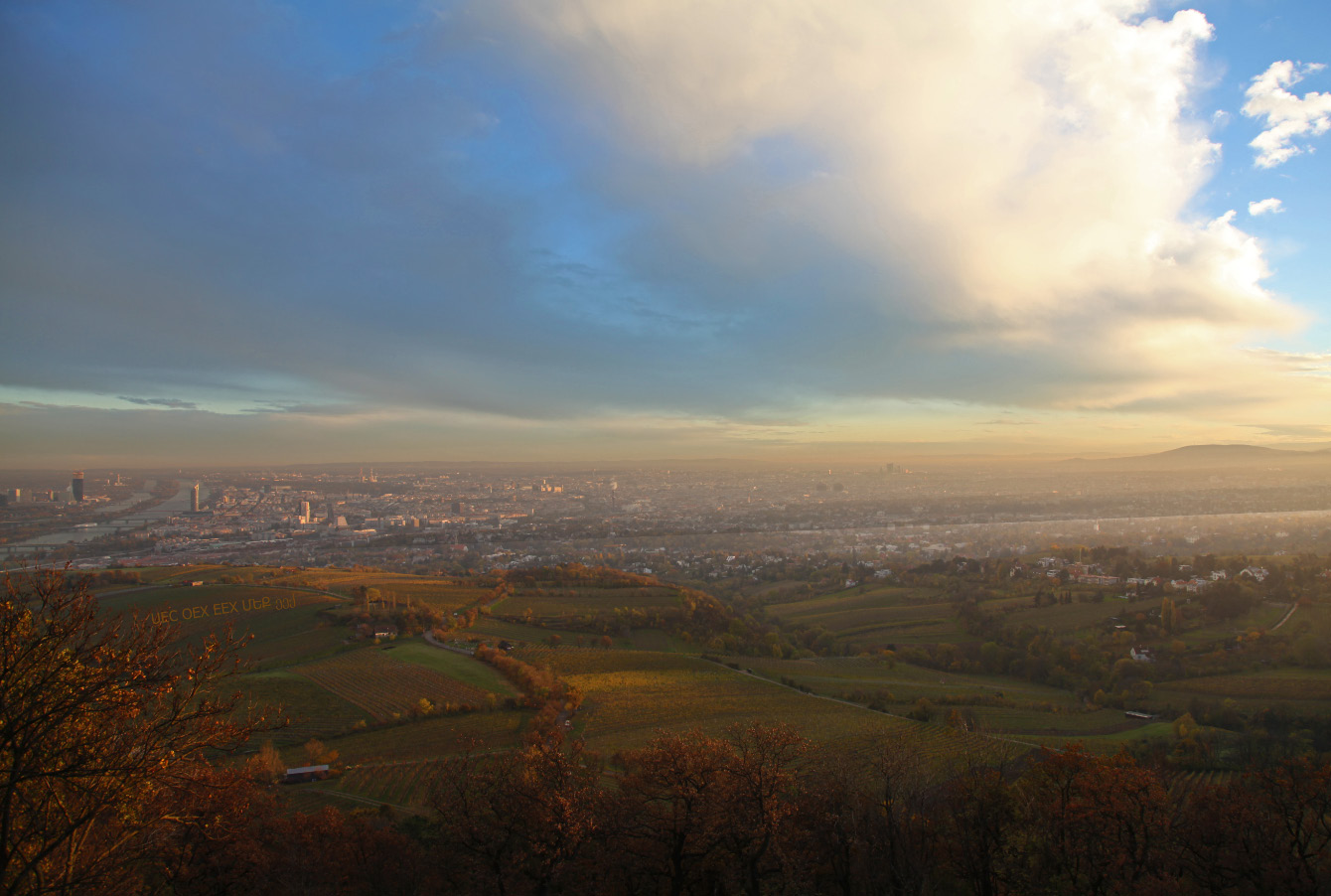 |
|
| |
...auf Wien vom Kahlenberg
...Vienna from Kahlenberg |
|
|